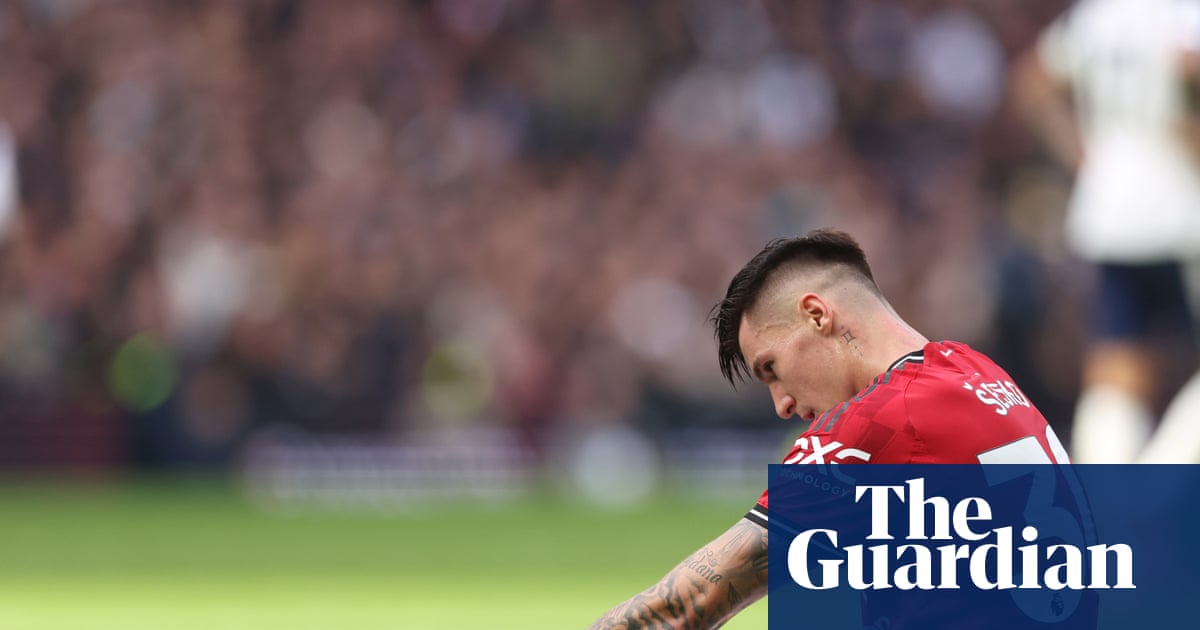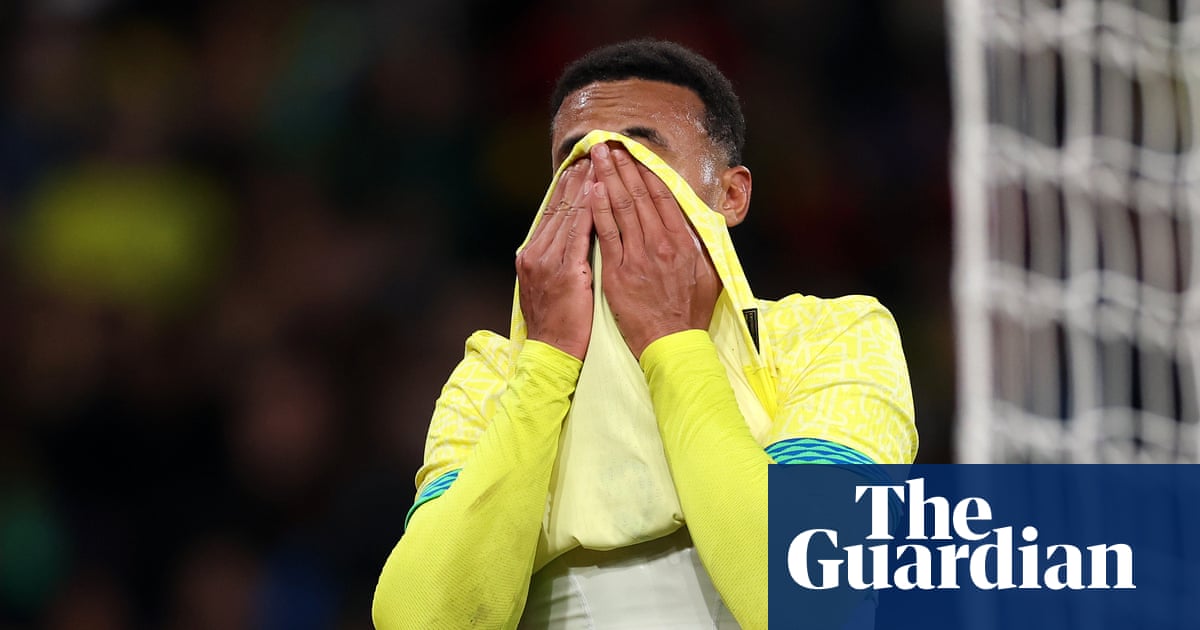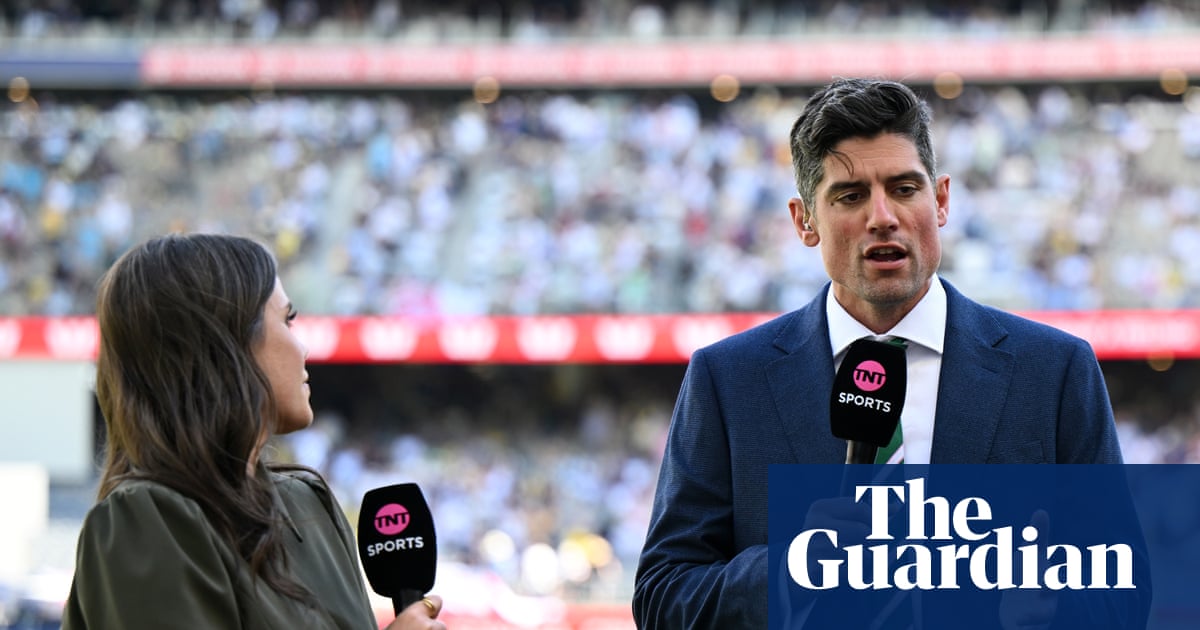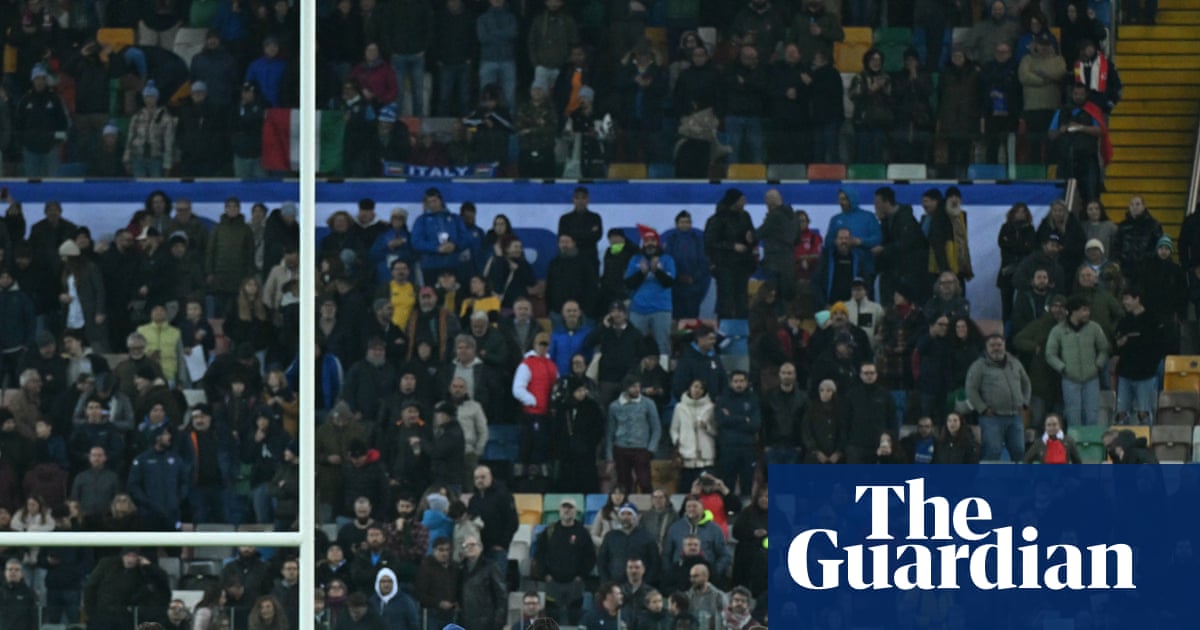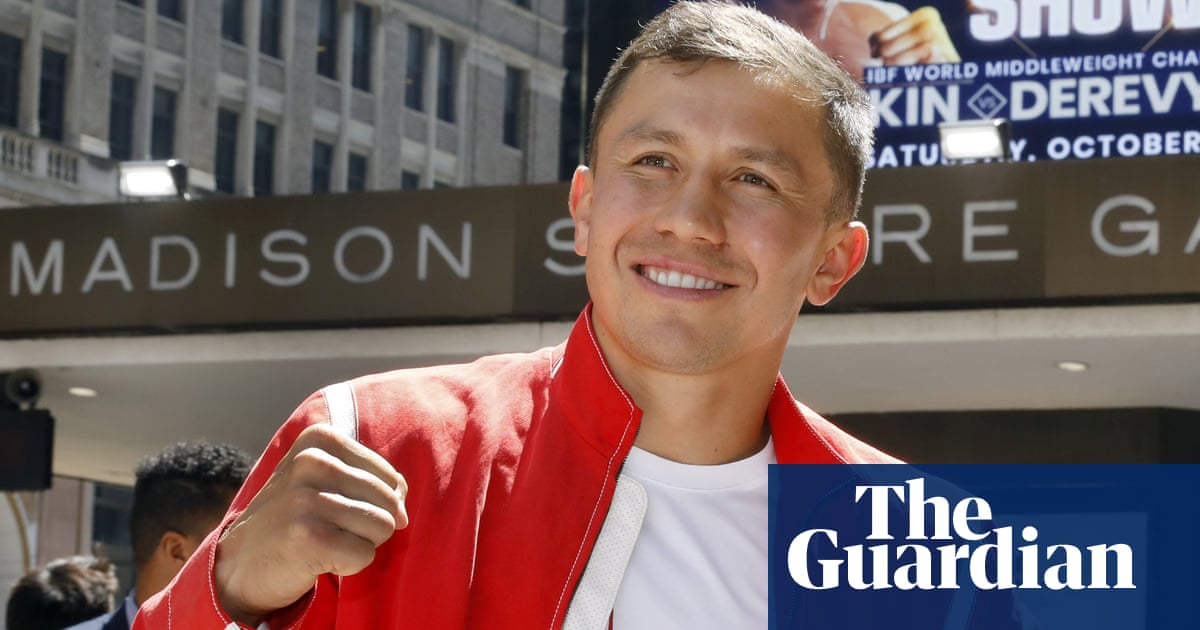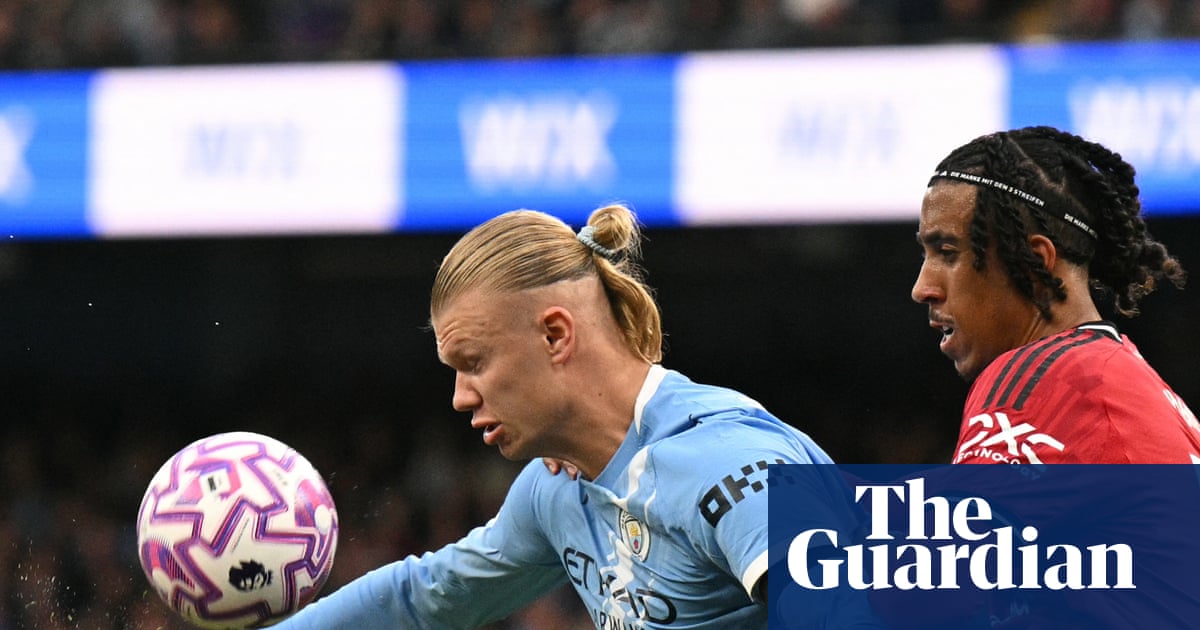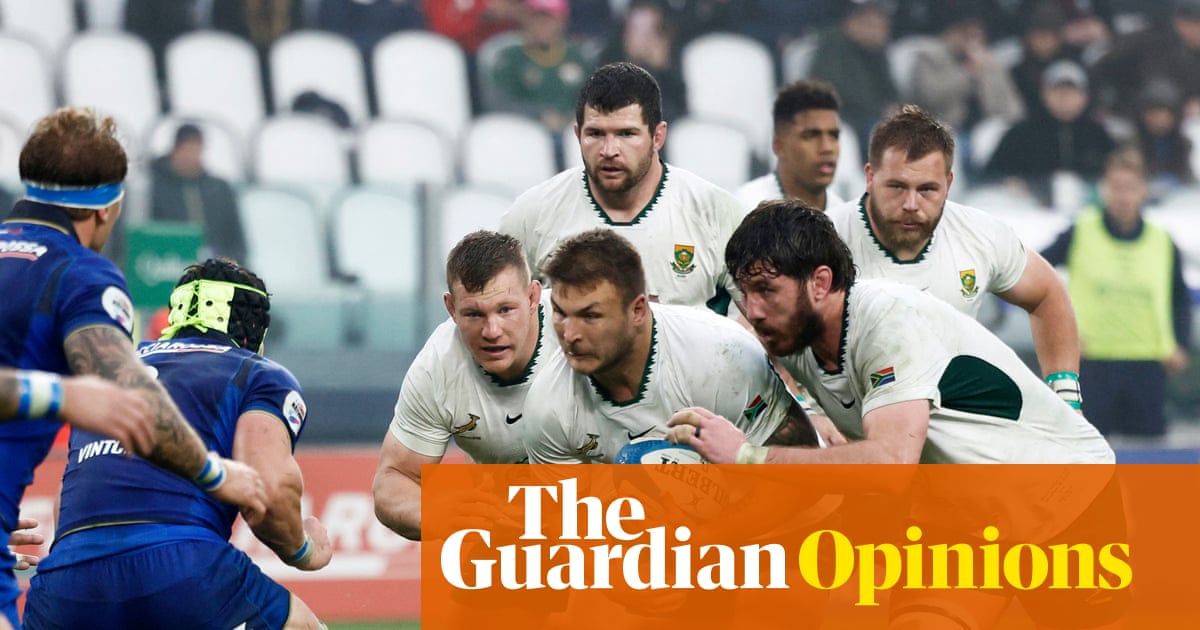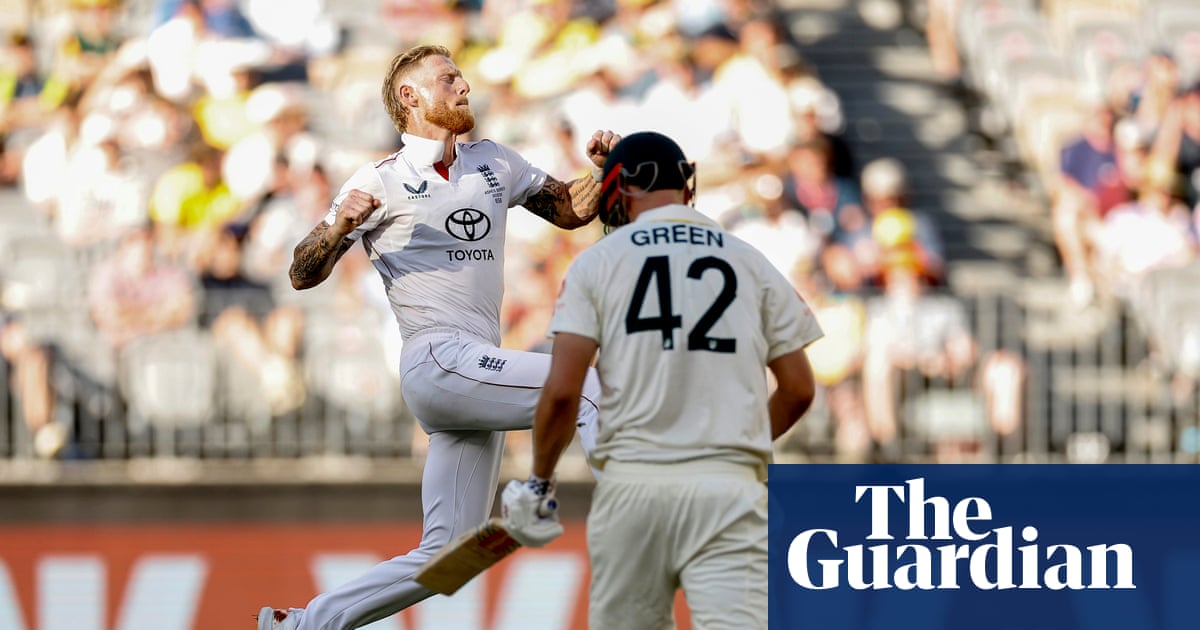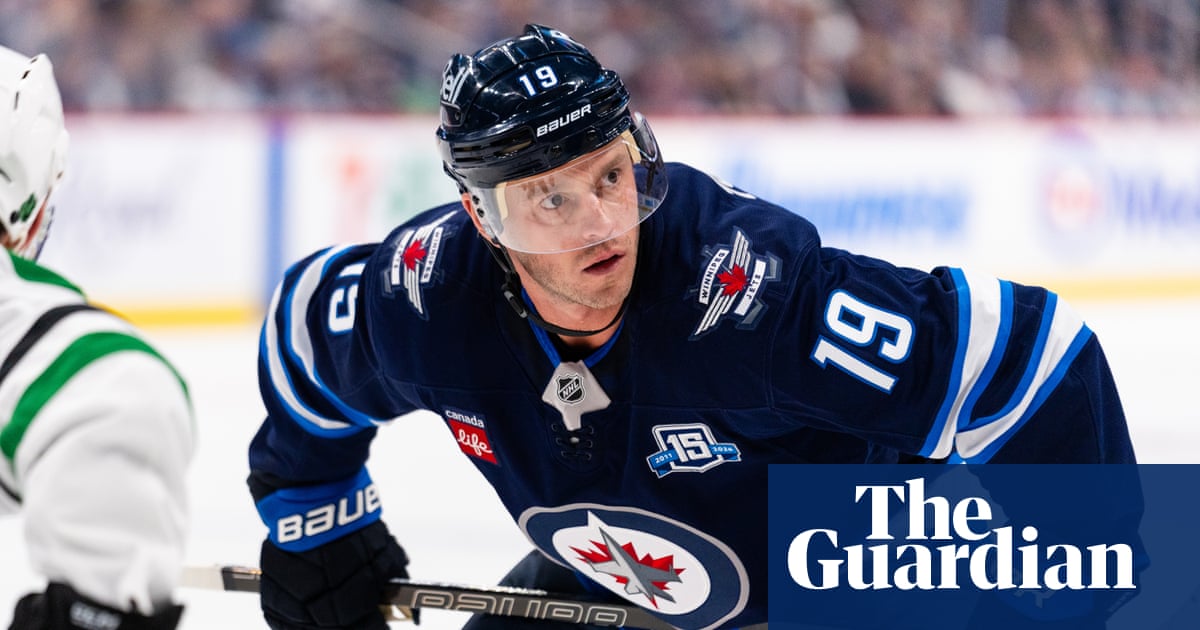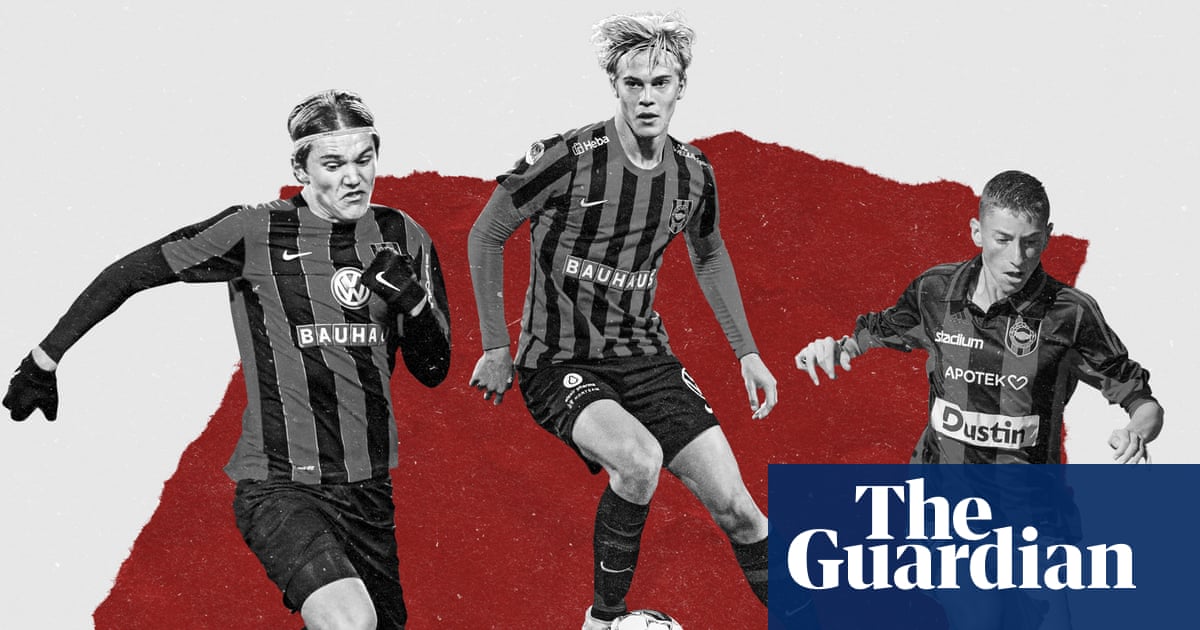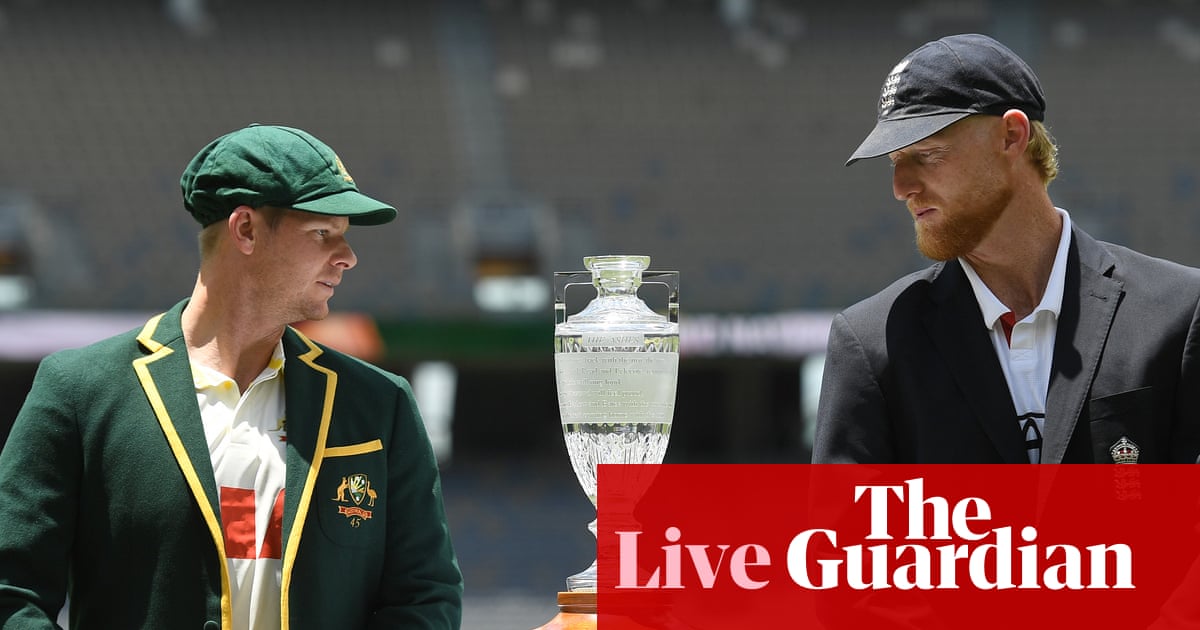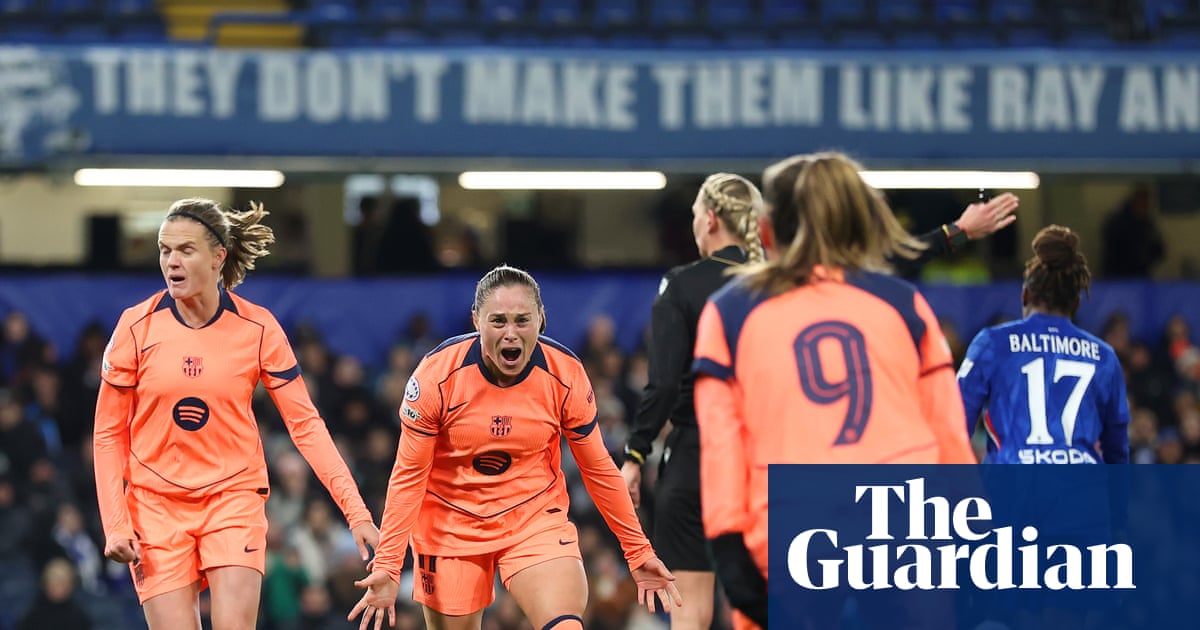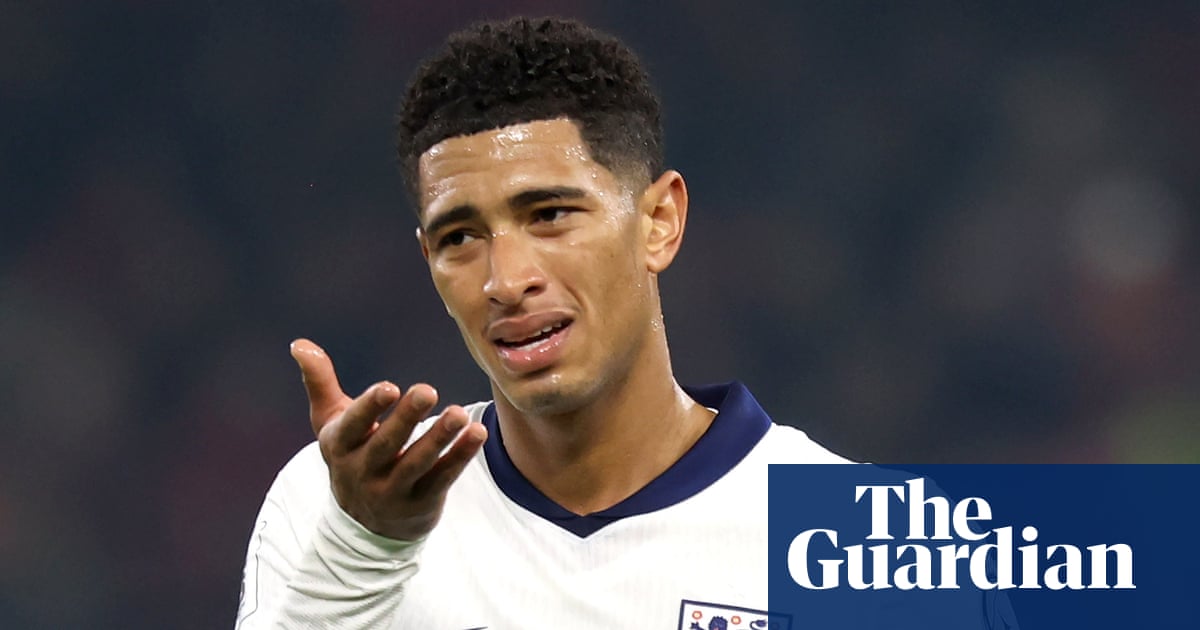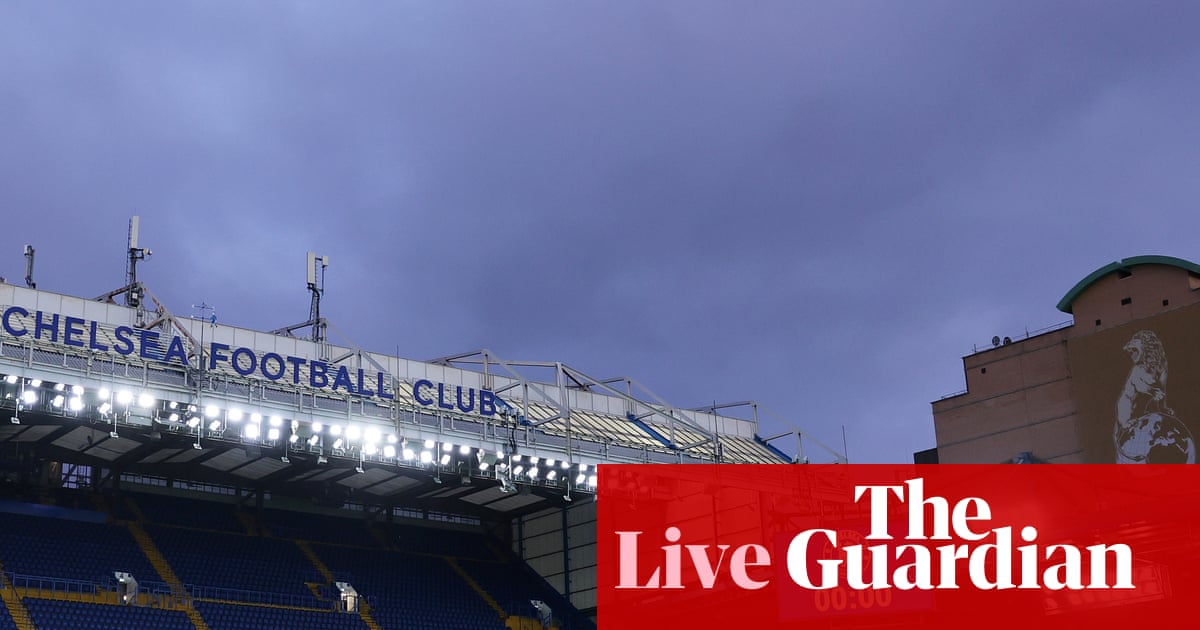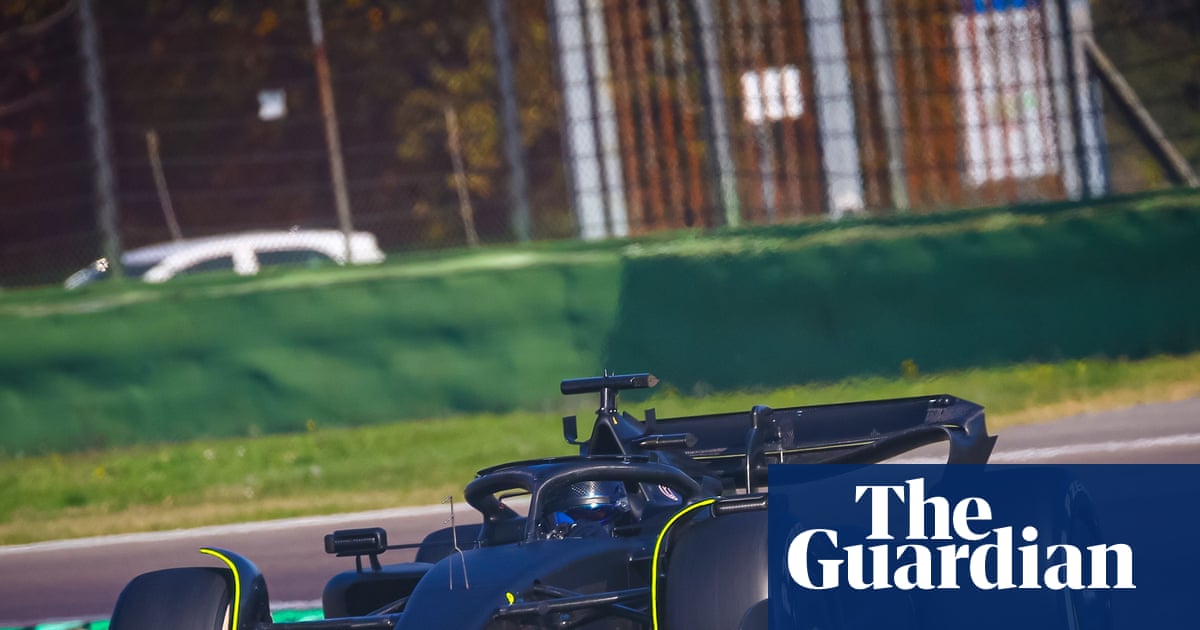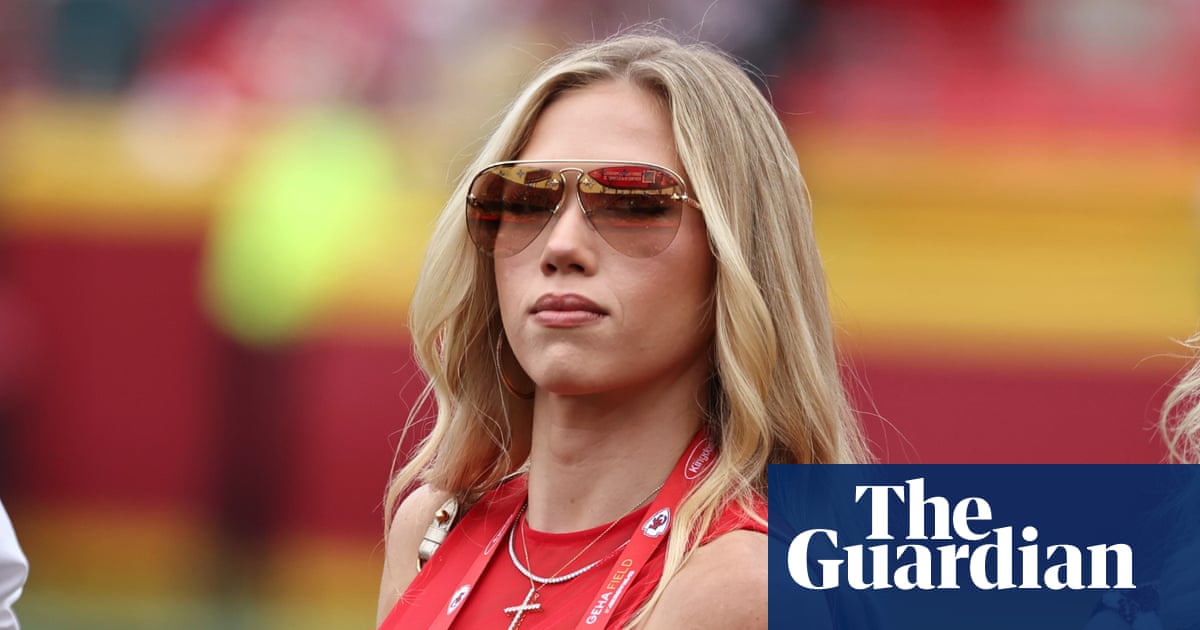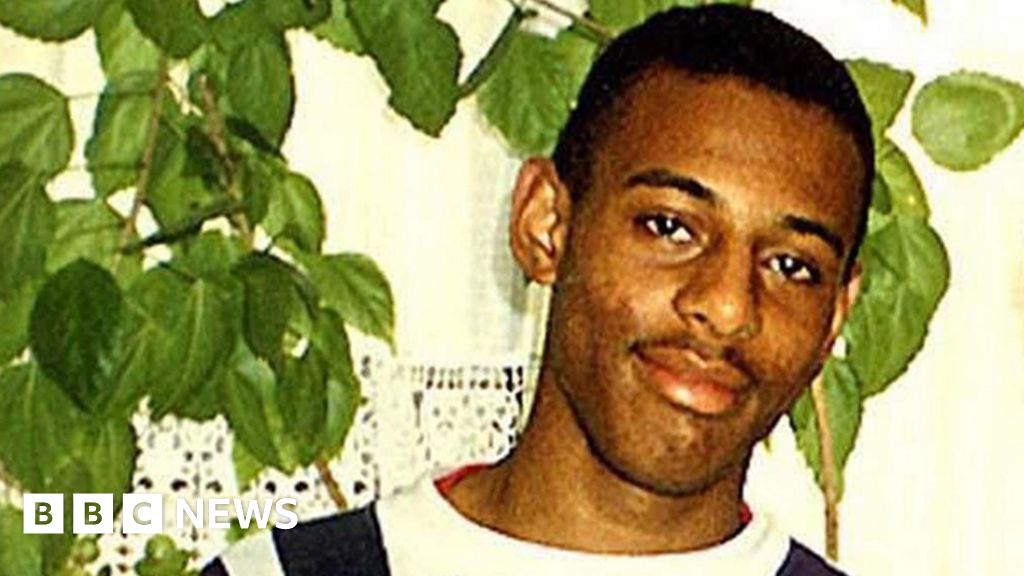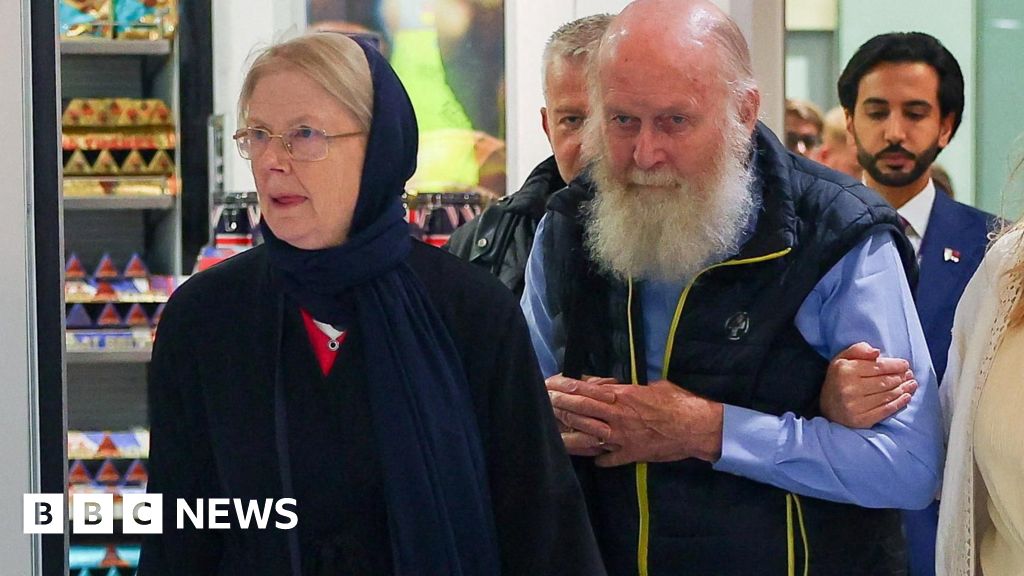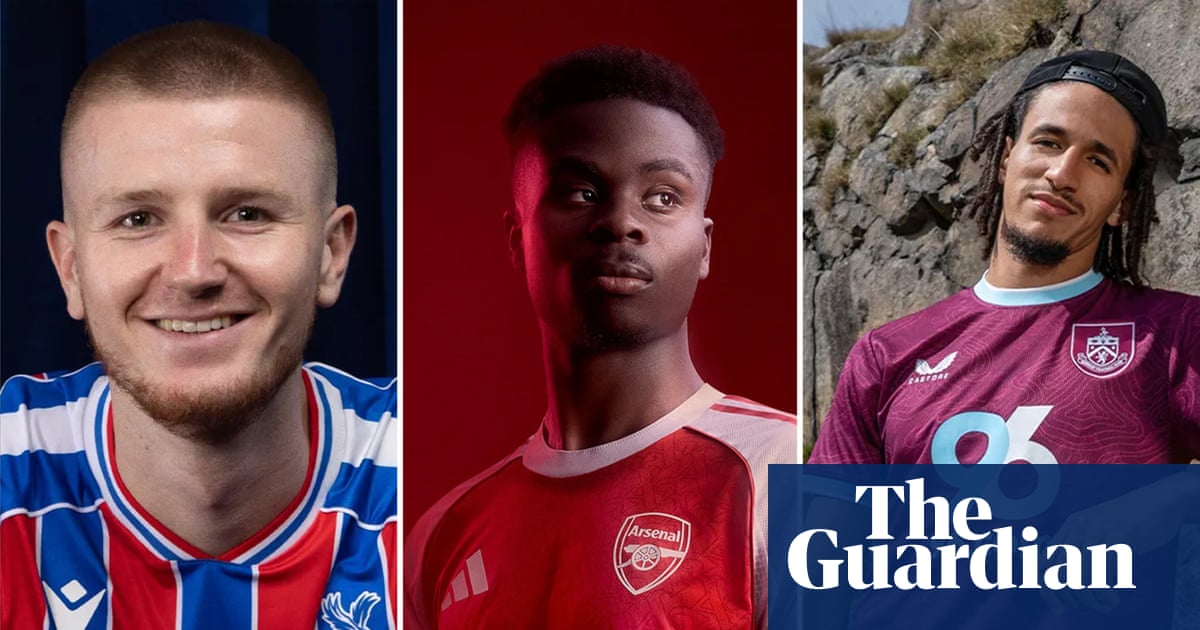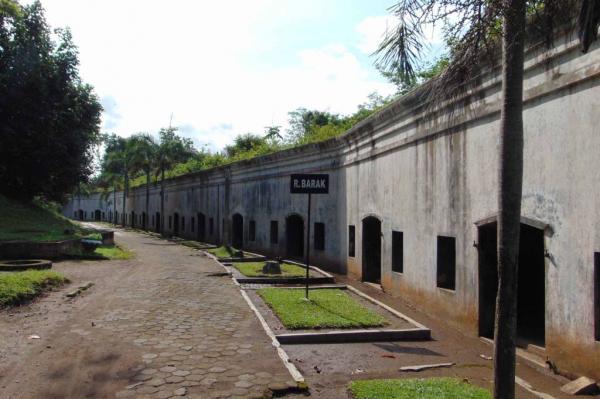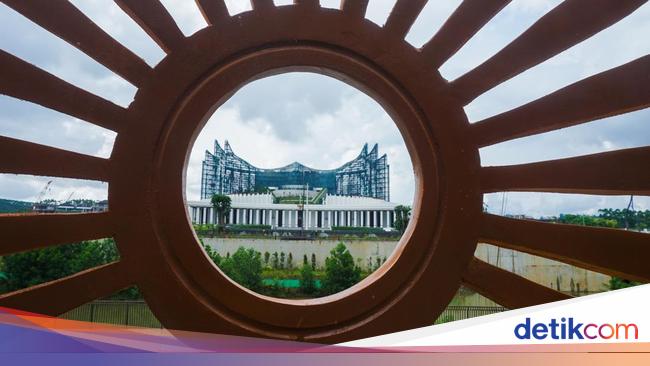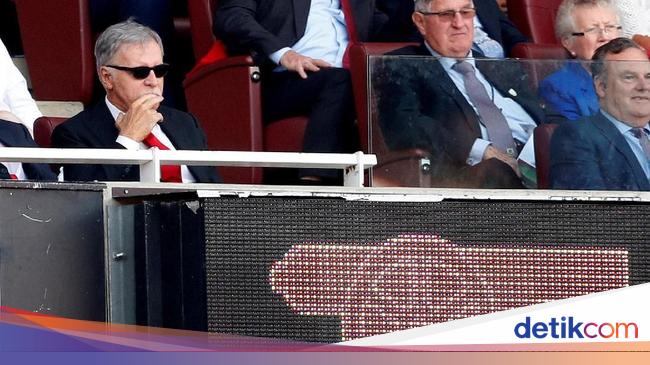Some fixtures just don’t sound right. Maybe it’s just about conceivable that, had things gone slightly differently in the 70s, Malcolm Allison or Terry Venables could have been leading their side behind the Iron Curtain for a crack at Valeriy Lobanovskyi’s cybernauts, but Dynamo Kyiv against Crystal Palace is still a clash that provokes a double-take. It feels like a category error: how can those two clubs possibly be in the same competition?
But this is the modern world. Ukraine is battling invasion, its teams diminished. The Premier League is extremely rich. And Crystal Palace are managed by one of the rising talents of the European game. They didn’t just play each other on Thursday, but Palace won with a degree of comfort. It was their third straight win, their 19th consecutive game without defeat.
And so, because no mid-size club can even just be allowed to enjoy a good run, all the talk is of where Oliver Glasner might go next. His contract expires at the end of the season and he has refused to sign an extension. He is 51; if he is going to take over a major club with the possibility of an extended spell in charge, he doesn’t have a huge amount of time to secure a move. Could he then be the solution for Manchester United? He does, after all, play the same 3-4-2-1 as Ruben Amorim, just rather more successfully.
Which raises the question of why a system that has drawn so much scepticism at United works so well at Palace. But it’s never just about the formation, nor is it the case – within reason – that one formation is intrinsically better than another. Rather certain formations, in combination with the style they are enacted, prioritise certain elements of play. It is, at the very least, intriguing that since Harry Catterick’s Everton won the championship in 1962-63 with a W-M, only one side has won the English league title playing with a back three: Antonio Conte’s Chelsea in 2016-17.
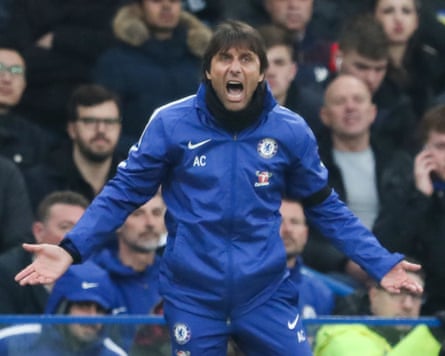
Even that was something of a black swan event. Chelsea that season had no European football, keeping them fresher than their rivals, and they had players who suited the formation almost freakishly well.
N’Golo Kanté, with his stamina and reading of the game, is almost two players, and he was operating at the back of midfield alongside either the calming presence of Nemanja Matic or Cesc Fàbregas, one of the most incisive passers of the ball the Premier League has known. That provided the platform for the two No 10s: Eden Hazard, who revelled in his free role, and Pedro, a master of the dart into the box. Each of those players was enhanced by their combination with the others.
To an extent, the relative lack of success for the back three, at least in terms of winning titles, is cultural. Not many sides have won the league playing a back three because not many sides have played a back three. The World Cup win in 1966 reified in the English football consciousness the effectiveness of zonal marking with a back four.
That remained the default, almost without challenge, for the two decades that followed. But there may also be more specific tactical reasons. A back three derives its width from the wingbacks; it may be that the extreme hard-running nature of the English game makes the demand on those players too great to be undertaken regularly.
But the 3-4-2-1 poses specific challenges. It is solid, offering the trapezoid defensive shape – three central defenders protected by two holders – that is widely recognised as the most effective way to guard against opposition counterattacks. But that is only one phase of the game. If they advance too far from the protection of the three centre‑backs, given the prevalence of formations with a midfield triangle, two central midfielders will tend to be outmanned without support from elsewhere – unless one of them has the exceptional gifts of Kanté.
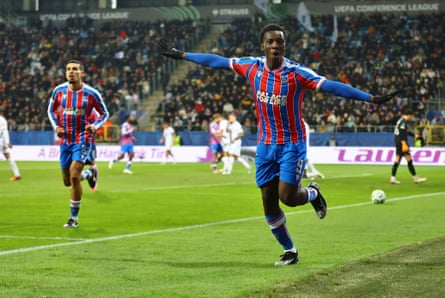
The very stability of that compact 3-2 shape, meanwhile, although an advantage for a side looking to absorb pressure, becomes a potential drawback for a team that seek to take the game to the opposition. Its greatest strength is also its greatest weakness. The blockish nature of the formation, the way the midfield is divided into holders and creators – all No 6s and No 10s in modern parlance, with no No 8s – means that without a player to step between bands there is a risk of predictability; again, Chelsea had the ideal player to do that, David Luiz often striding forward from the back three to become an additional midfield option.
after newsletter promotion
Palace don’t care about that. They have the second-lowest possession of any side in the Premier League. It’s not their job to have the ball. And that’s the main reason why a direct comparison with United’s struggles is difficult. United, by history and by expectation, cannot be the side with the second-lowest possession in the Premier League.
Even if United chose to counterattack against other elite sides, most of their games will be against opponents who sit deep and would be happy enough with a draw. In most games there is an onus on them to dominate the ball.
Perhaps a progressive team can play a 3-4-2-1 but it requires very particular players – as Conte had at Chelsea. Glasner’s success with it has come at Lask, Wolfsburg and Eintracht Frankfurt, where he has been able to have his side sit deep and break at pace.
Palace have beaten West Ham and Aston Villa, because most sides do at the moment, frustrated Chelsea, and torn Liverpool apart on the counter. But they’ve also drawn at home to Nottingham Forest and Sunderland, and struggled to beat Fredrikstad. Sit deep against Palace and they struggle for creativity.
Could Glasner adapt were he to go to United? Probably. He has been successful in three different countries; he has proved himself adaptable. But it’s unlikely he could do so playing a 3-4-2-1 in the way he does at Palace, or, being frank, with the current United squad. He may be the manager who made Crystal Palace beating Dynamo Kyiv seem normal, almost expected, but he’s not a miracle worker.
.png)
 1 month ago
27
1 month ago
27
